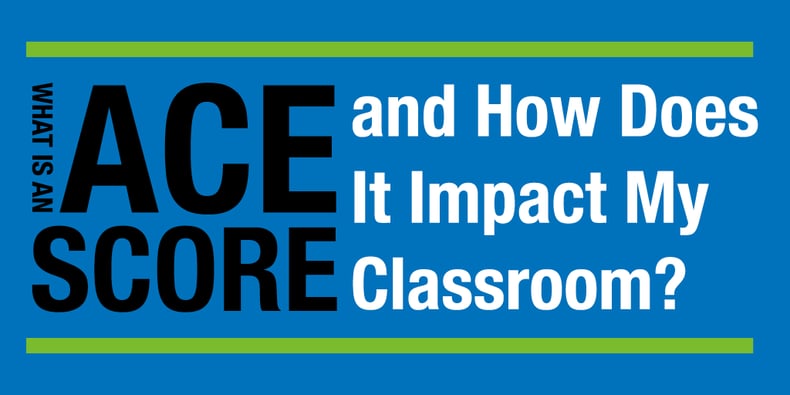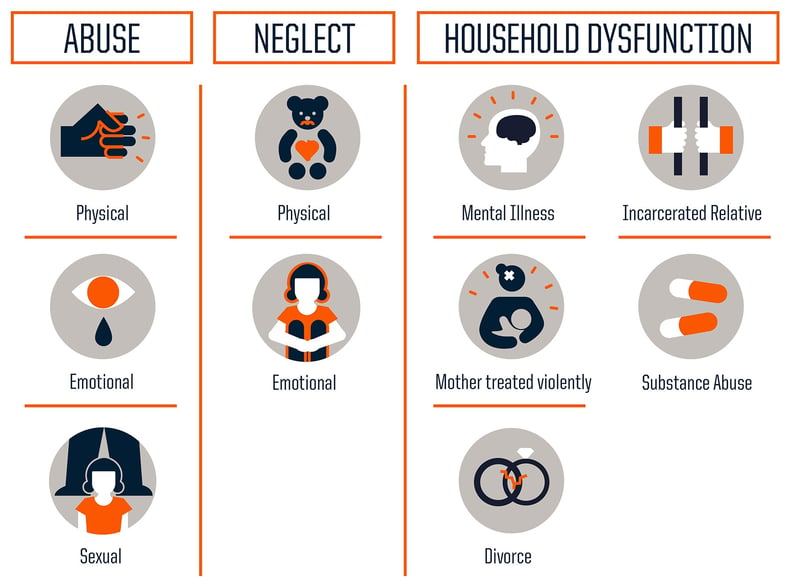
While we often discuss education technology as well as new and innovative ways to create growth and optimize learning in this blog, making sure your students are ready for learning can be a key factor in a successful classroom. One of my favorite authors said, “Parents send us the best that they have. They don’t send us the tough kids and keep the really great ones at home. They give us the best they have.” It was said a little tongue-in-cheek, but there is meaning behind it that is important for all teachers to remember.
In a public school, we take all of the students who come. We don’t pick and choose, and we don’t send them away if they don’t fit into our system. Outside of breaking the law, any student who wants to can come to our schools. And over the years, I have seen all different shapes, sizes, sorts, and kinds of kids. This diversity is part of what makes our schools—and our democracy—strong.
But students sometimes have obstacles to overcome. They come with situations that have occurred prior to them ever stepping foot in the doors of a school as a kindergarten student. Even with these issues, we take them—hopefully willingly.
Even if we are open to teaching all different types of students, our openness doesn’t make it any less challenging. Students are so diverse and have such different needs that it is extremely hard to meet them all and help them to grow. Through some research over the past twenty to thirty years, there is now some language to how teachers can frame some of these needs.
What Is an ACE Score?
The acronym stands for Adverse Childhood Experiences. The ACE questionnaire a tool for researchers to gauge the amount and the degree of trauma that students have experienced in their lives. Here is a great primer from NPR, with a survey included so you can find your own ACE score. Researchers have used it to quantify the amount of adverse childhood experiences a student has accumulated over time, and have taken this information to both react to and prevent these adverse experiences from happening.

I wouldn’t recommend finding an ACE score for all the students in your class, or even worrying too much about the score itself on an individual student level. What is important for you to focus on is the outcomes in life of people with high scores—and then to realize how our classrooms can adjust to help students accordingly.
The Impact in Adulthood
The research gets more profound the more I read about it. As organizations like the Center for Disease Control have continued to research this topic, they have found a strong link between ACE scores and future disease (such as cancer and high blood pressure), risk factors (such as drug use and alcoholism), and even obscure connections (attendance at work and COPD). Even for adults who are now living productive, healthy lives, the likelihood of developing cancer or diabetes is higher for those with a high ACE score from childhood. Not being a scientist, I cannot explain the why behind these conclusions. But as an educator, I can understand that these experiences play a huge role in the development of our students and their future outcomes in life. If we want our kids to be successful in the future, we must consider the obstacles they have in front of them to get there.
Impact on the Classroom
As teachers armed with this knowledge, we can approach it in a few different ways. First, we can do everything we can to support students who are faced with a challenging upbringing. For those of us with a 0 or 1 for an ACE score, it can be hard to relate to these situations. But putting our head in the sand doesn’t help the students or our classrooms. For example, curriculum like Speak Up can help with sexual abuse awareness, while frequent interactions with the school counselor can build trust to help students navigate parents who aren’t supporting them in the ways that they should. Teachers should also have knowledge of outside resources to seek out for those students with risk factors—the options are numerous and broad.
Within the walls of the classroom, there are things that teachers can do. We can help all students build resilience and learn how to work through tough situations. Ensuring students have a growth mindset is also key to helping them see a future full of possibilities rather than limitations. Mentoring and connections with positive adults over time also plays a big role—this is why building connections with students is so critical. Another term that is used more frequently in schools is “trauma informed,” which is essentially the same understanding, just using the term “trauma” for “adverse experience.” This language helps teachers to understand how they can support students in the classroom. Our hope is to decrease the “trauma” that students experience at home, and especially at school, where we can control the setting.
As more schools conduct research on the importance of developing strategies that support students with challenging backgrounds, more information on best practices will be shared. The key understanding is that we have students who walk in the door at a disadvantage and it is our job to do everything we can—in the best way we can—to help them develop into productive adults.


